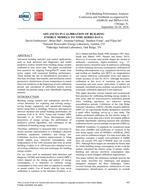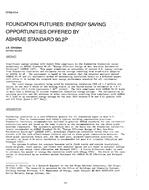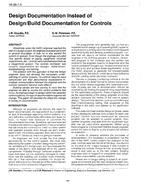Offset-strip fins increase both the heat transfer coefficient and the heat transfer surface area in compact heat exchangers. The enhancement is attributed to periodic formation and disruption of boundary layers on the fin surface and some fluid mixing downstream of the offset. To characterize these effects, a computational study of flow and heat transfer is performed. Air (Pr = 0.7) flows in the laminar region (100 < Re < 1000) are considered, and a parametric study is performed by varying the fin density (pitch) and fin offset length. A 2D inter-fin channel model is considered, which represents tall fins of high density ((s/h) → 0). Results show that as fin spacing or fin offset length is decreased for the same flow rate, both heat transfer coefficient and friction factor increase. However, the offset length has the most significant influence on the thermal-hydrodynamic performance compared to the fin spacing or density.
Citation: 2017 Winter Conference, Las Vegas, NV, Conference Papers
Product Details
- Published:
- 2017
- Number of Pages:
- 8
- Units of Measure:
- Dual
- File Size:
- 1 file , 1.8 MB
- Product Code(s):
- D-LV-17-C083


